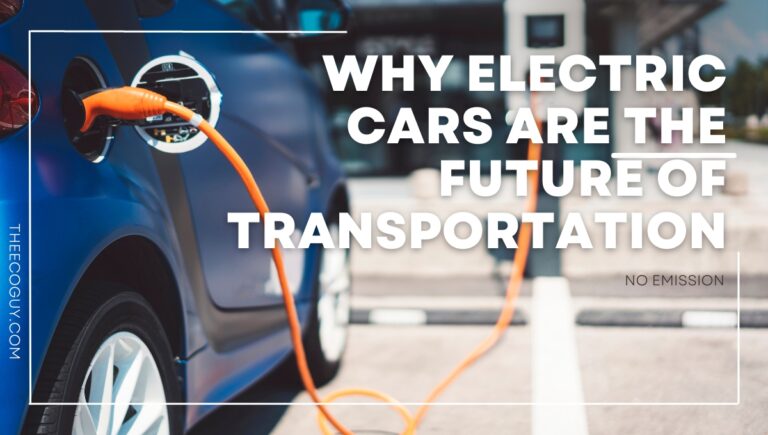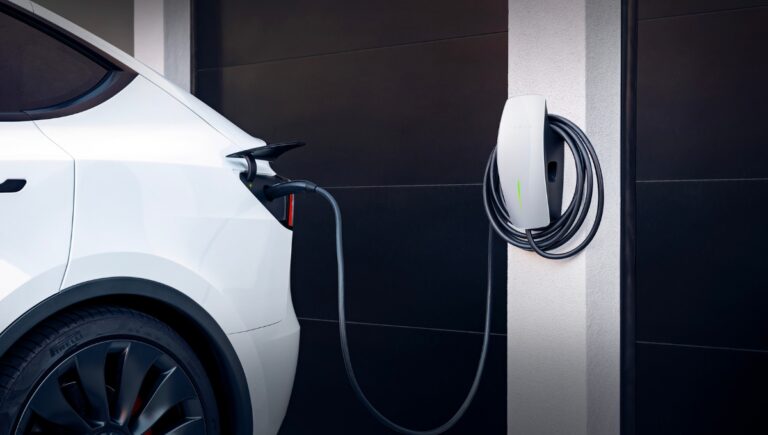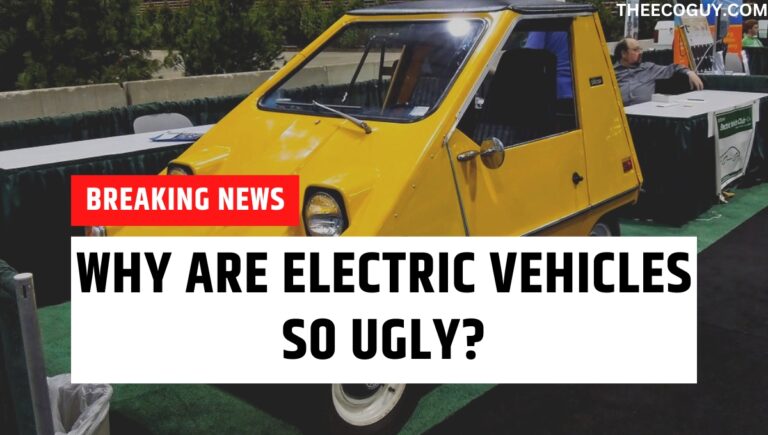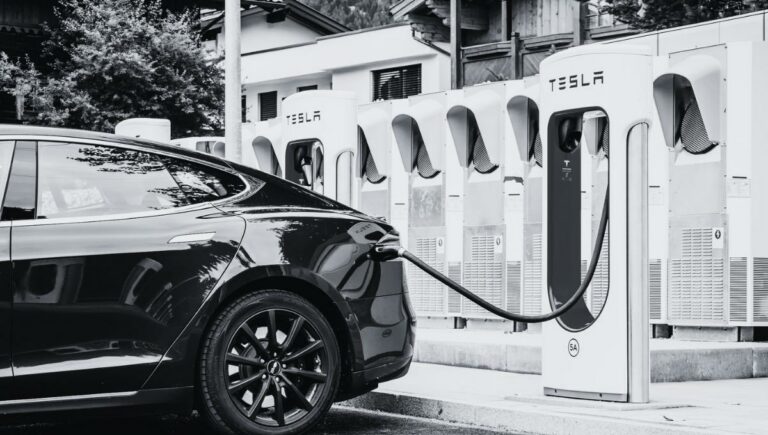How Far Can an Electric Vehicle Go On One Charge? (Quite Far)
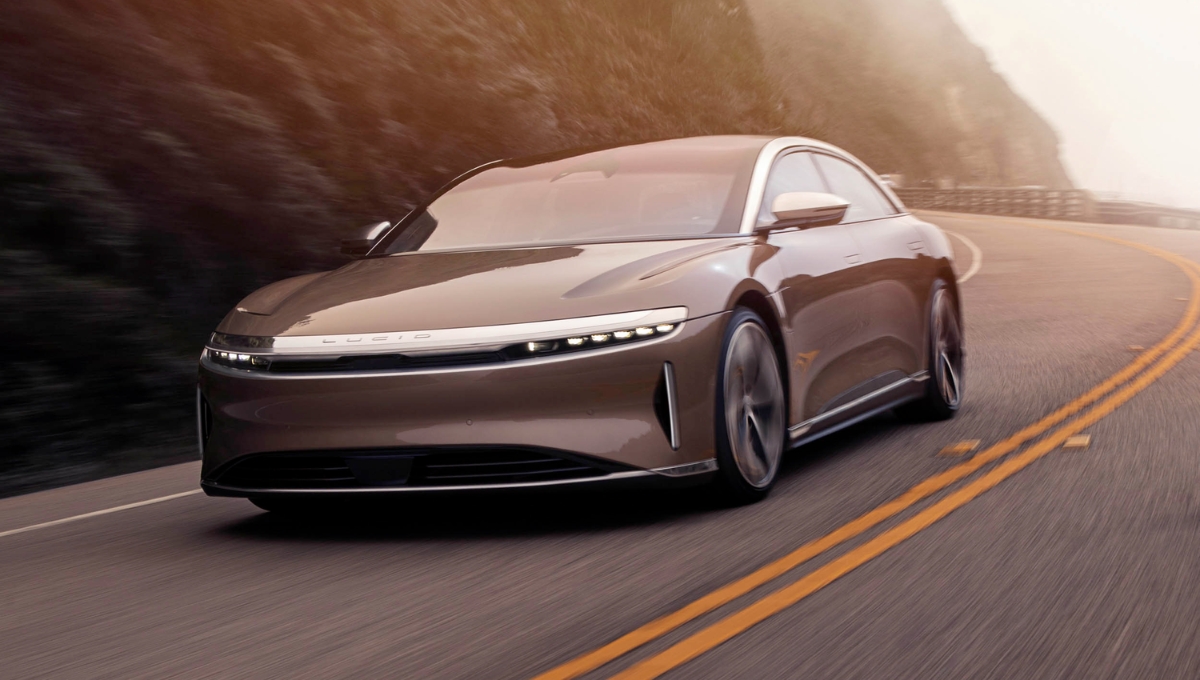
The electric vehicle (EV) market in the United States is growing rapidly, with more consumers opting for the benefits of clean energy and the promise of lower long-term costs.
One of the most common questions that new EV buyers have is, “How far can an electric vehicle go on one charge?”
In this article, we’ll explore the average range of electric vehicles, charging practices, and energy conservation tips and discuss the growing charging network in the United States.
Average Range of Electric Vehicles
The range of an electric vehicle refers to the distance it can travel on a single full charge. The average range varies significantly depending on the make and model of the car, as well as other factors such as driving habits, terrain, and weather conditions.
As of 2023, the average range for most electric vehicles lies between 200 to 400 miles. However, some luxury models and high-performance vehicles can reach up to 500 miles on a single charge.

Charging Practices
Charging an electric vehicle is a crucial aspect of owning one, as it ensures you always have enough energy to reach your destination. There are three main types of EV charging stations:
- Level 1 Charging involves plugging your EV into a standard 120-volt household outlet. Level 1 charging is the slowest method, providing about 2-5 miles of range per hour.
- Level 2 Charging requires a 240-volt outlet or charging station and can provide 10-60 miles of range per hour of charging. Many EV owners install a Level 2 charging station at home, which can also be found at public charging stations.
- DC Fast Charging provides the quickest charge adding 50-200 miles of range in just 20-30 minutes. DC fast charging stations are typically found along highways and commercial areas, making them ideal for long trips.
Popular EVs and Their EPA Max Range
The following table lists some of the most popular electric vehicles in the United States, along with their Environmental Protection Agency (EPA) estimated maximum range:
| Vehicle Model | EPA Max Range (miles) |
|---|---|
| Tesla Model S | 412 |
| Tesla Model 3 | 358 |
| Tesla Model X | 360 |
| Tesla Model Y | 326 |
| Ford Mustang Mach-E | 305 |
| Lucid Air | 517 |
| Volkswagen ID.4 | 260 |
| Hyundai Ioniq 5 | 303 |
| KIA EV6 | 310 |
| Rivian R1T (truck) | 314 |
| Nissan Leaf | 226 |
| BMW i4 | 300 |
Please note that these figures are based on EPA estimates and may vary depending on driving habits and conditions.
Energy Conservation Tips
To get the most out of your electric vehicle’s range, consider adopting the following energy conservation tips:
- Drive at moderate speeds: Driving at high speeds can significantly decrease your EV’s range. The faster you drive, the more energy is required to overcome air resistance. Maintaining a moderate speed can conserve energy and extend your vehicle’s range.
- Use regenerative braking: Many electric vehicles come equipped with regenerative braking, which recovers energy during deceleration and stores it in the battery. This can help extend your EV’s range and reduce the need for frequent charging.
- Minimize the use of accessories: Running the air conditioning, heater, or other accessories can consume additional energy, decreasing your EV’s range. To conserve energy, use these features sparingly or at lower settings.
- Maintain proper tire pressure: Underinflated tires can increase rolling resistance, which requires more energy to move the vehicle. Check your tire pressure regularly and inflate them to the manufacturer’s recommended levels to optimize your EV’s efficiency and range.
- Plan your trips efficiently: By combining errands and planning your trips to minimize the distance traveled, you can conserve energy and reduce the need for frequent charging. Using your vehicle’s built-in GPS or a smartphone app can help you optimize your route for maximum efficiency.

The Growing Charging Network
The charging infrastructure in the United States is expanding rapidly to accommodate the growing number of electric vehicles on the road. Public charging stations can now be found in many urban areas, along highways, and at businesses such as hotels, restaurants, and shopping centers. According to the US Department of Energy, there are over 40,000 charging stations nationwide, with more being added daily.
Many EV manufacturers are also investing in charging infrastructure. For example, Tesla’s Supercharger network consists of thousands of high-speed charging stations strategically placed along major routes to facilitate long-distance travel for Tesla owners.
Several smartphone apps and websites also help EV owners locate charging stations, check their availability, and even pay for charging services. Some popular apps include PlugShare, ChargePoint, and Electrify America.
Final Thoughts
The range of electric vehicles has improved significantly in recent years, and advancements in battery technology continue to push the boundaries of how far an EV can go on a single charge. By adopting energy conservation tips and familiarizing yourself with charging practices, you can maximize the range of your electric vehicle and make the most of its benefits.
The expanding charging infrastructure in the United States makes it increasingly convenient for EV owners to find charging stations when needed, giving them more flexibility and freedom to travel. As the electric vehicle market continues to grow and evolve, we can expect further range and charging infrastructure improvements, making EV ownership more accessible and practical for consumers nationwide.


